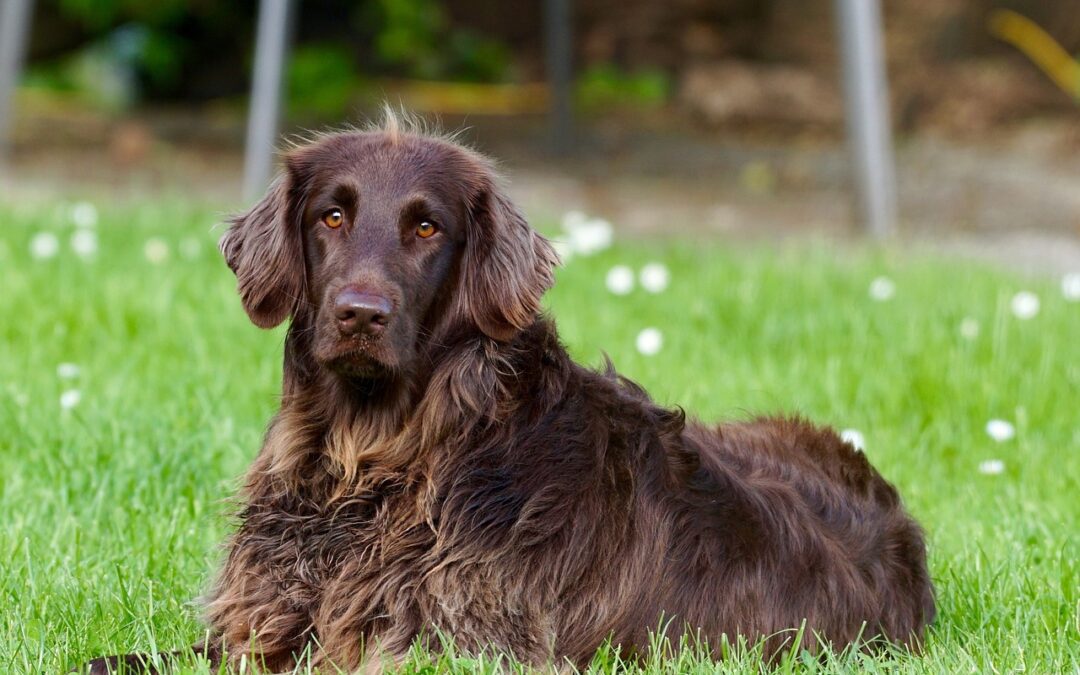Understanding Cranial Cruciate Ligament Tears in Pets
When you witness athletes in a sporting event clutching their knees and wincing in pain, you’re likely familiar with the concept of an anterior cruciate ligament (ACL) tear, a crucial ligament responsible for knee stability.
But did you know that your pet can experience a similar knee ligament tear? Although it goes by a different name—cranial cruciate ligament (CCL)—the problem remains the same.
What is a cranial cruciate ligament tear in pets?
The cranial cruciate ligament connects the thigh bone (femur) to the shin bone (tibia) and plays a vital role in stabilizing the knee joint. When the CCL ruptures or tears, the shin bone moves forward away from the femur while your pet walks, resulting in instability and discomfort.
How does the cranial cruciate ligament get damaged in pets?
Several factors contribute to a CCL rupture or tear in pets, including:
- Ligament degeneration
- Obesity
- Poor physical condition
- Genetics
- Skeletal shape and configuration
- Breed
Generally, a CCL rupture occurs due to the gradual degeneration of the ligament over months or years, rather than an acute injury to a healthy ligament.
What are the signs of a cranial cruciate ligament tear in pets?
A CCL tear, especially a partial tear, can manifest in various degrees of severity, making it challenging for pet owners to determine whether veterinary care is necessary. However, a CCL rupture requires medical attention, and you should schedule an appointment with our team if your pet displays the following signs:
- Pain
- Stiffness
- Lameness in a hind leg
- Difficulty standing after sitting
- Difficulty during the sitting process
- Difficulty jumping into the car or on furniture
- Decreased activity level
- Muscle atrophy in the affected leg
- Decreased range of motion in the knee
How can a torn cranial cruciate ligament be treated?
The treatment for a torn CCL depends on factors such as your pet’s activity level, size, age, and the degree of knee instability. Surgery is typically the preferred option, as osteotomy- or suture-based techniques provide a permanent solution for managing instability. However, medical management may also be a viable option.
If your pet exhibits a limp in a hind leg, it is possible that they have torn their cranial cruciate ligament. Please contact our team to schedule an orthopedic examination.

